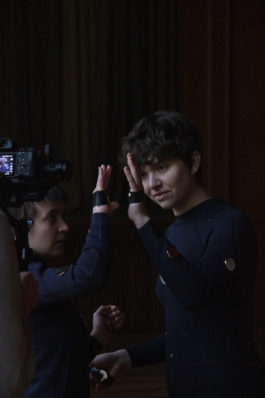
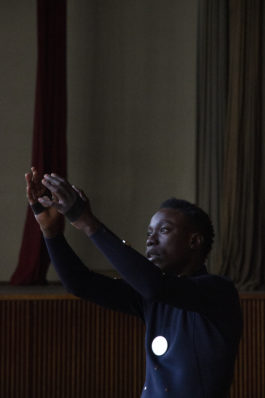
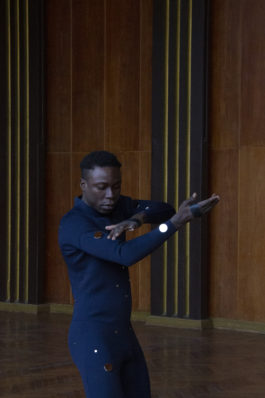
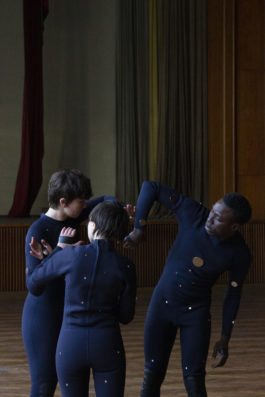
Between Bodies
Reflecting on the isolation and lack of physical proximity during 2020, Between Bodies explores how humans can sense and interact with one another without direct touch. Together with Jens Tiemann, I developed skin-tight suits embedded with strong magnets that generate invisible magnetic fields, creating subtle repulsive forces that can be felt through the body’s own tactile system. The gaps between the magnets—the repulsion—become points of connection, highlighting the skin as a sensory medium often overlooked in digital communication. The suits function as both apparatuses and reflective surfaces, prompting questions about the role of technology in shaping interaction and offering a tool for (re)learning and (re)connecting with our bodies.

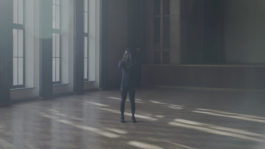
Concept & Implementation: Jens Tiemann & Lucie Jo Knilli
Format: Interactive Suit, Video & Photography
Tasks: Concept, Photography, Direction
Year: 2021
Between Bodies
Reflecting on the isolation and lack of physical proximity during 2020, Between Bodies explores how humans can sense and interact with one another without direct touch. Together with Jens Tiemann, I developed skin-tight suits embedded with strong magnets that generate invisible magnetic fields, creating subtle repulsive forces that can be felt through the body’s own tactile system. The gaps between the magnets—the repulsion—become points of connection, highlighting the skin as a sensory medium often overlooked in digital communication. The suits function as both apparatuses and reflective surfaces, prompting questions about the role of technology in shaping interaction and offering a tool for (re)learning and (re)connecting with our bodies.





